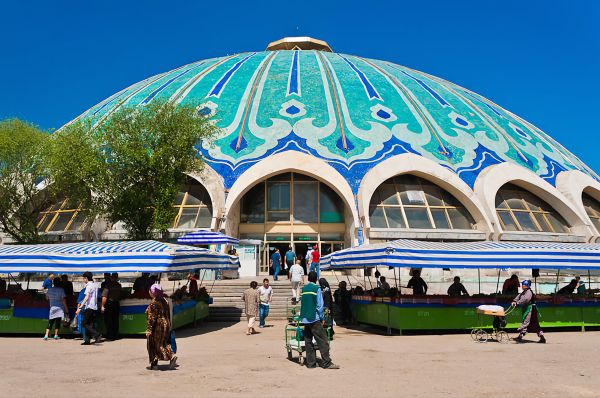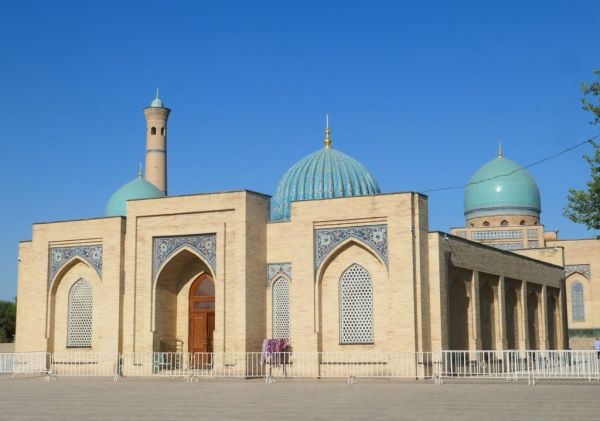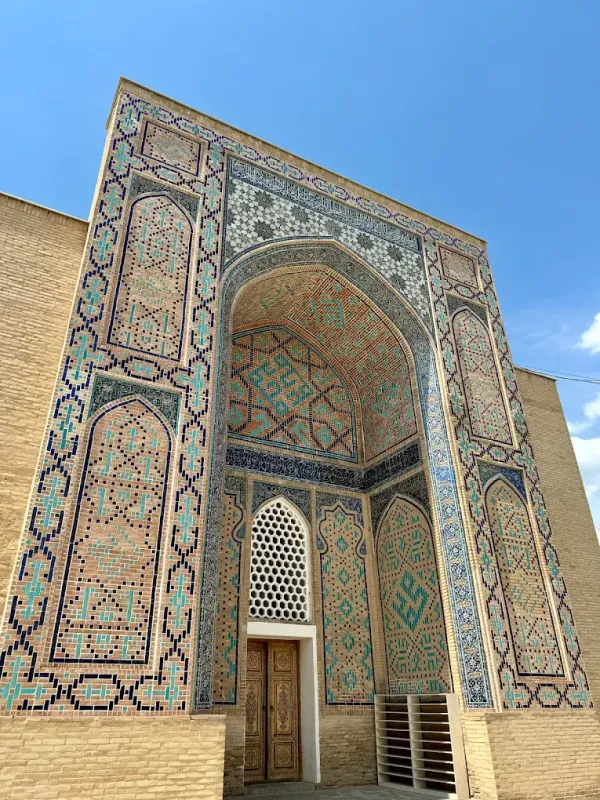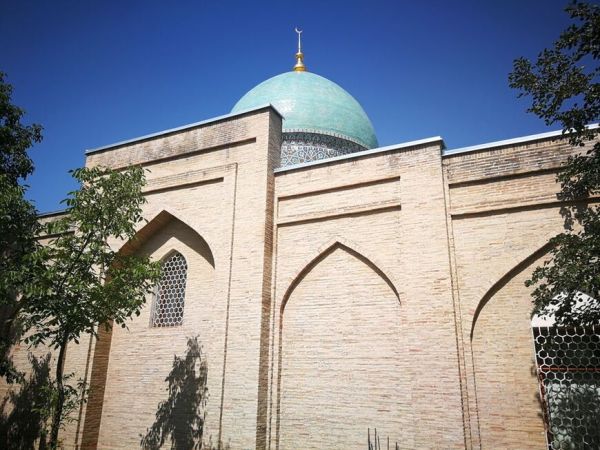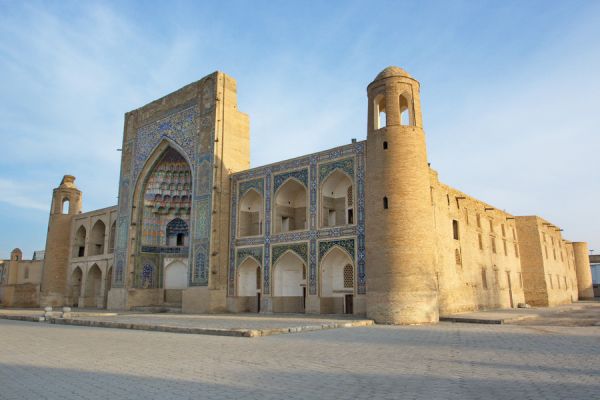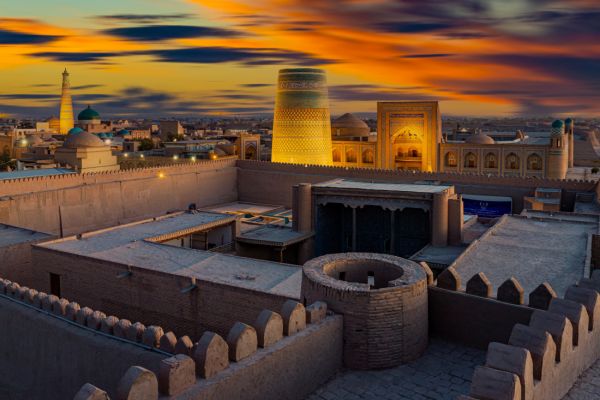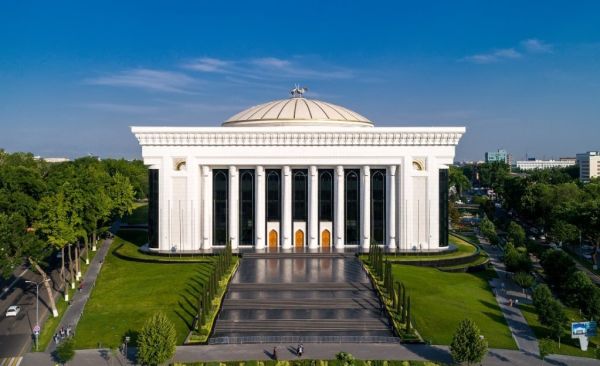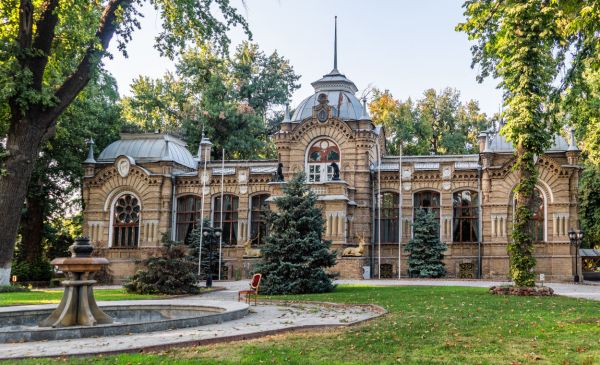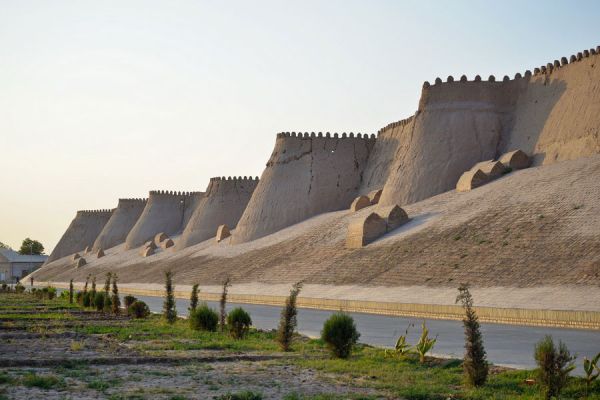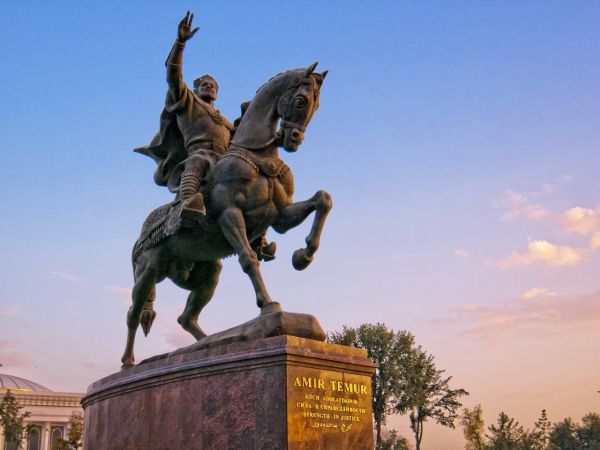Museum of Astronomy
On December 16, 2009, the Museum of Astronomy was opened in Central Asia for the first time in honor of the 615th anniversary of the birth of the great ancestor Mirzo Ulugbek.
In one of the sections of the museum there is a rare telescope of the famous English master James Short. The instrument was invented by the famous physicist Isaac Newton. A unique exhibit is the octant (the forerunner of the modern sextant), designed by the mechanic Gadley. There is also a marine chronometer, which is of great interest to antique lovers, invented by the 18th-century London watchmaker Harrison.
The museum's exposition features portraits of the greatest astronomers, photographs of planets and stars. Modern Uzbek astronomy, which is engaged not only in the study of the Earth, but also other planets of the Solar system, a cluster of other galaxies, is worth presenting in the museum. A sensational global discovery has been made by Uzbek scientists: the theory of the formation of planets around young stars has been proven.
The Astronomical Institute of the Republic of Uzbekistan was established in 1873 as the Tashkent Astronomical Observatory, the building is the oldest scientific institution in the entire territory of Central Asia.
In addition to all of the above, the staff of the Institute are engaged not only in research activities, but also in improving the quality of teaching astronomy. The Museum of Astronomy, created in cooperation with UNESCO, is another vivid example of the development of the field of space research and the widespread promotion of the legacy of Mirzo Ulugbek. Various instruments, telescopes, and documents are on display here.
By visiting the Museum of Astronomy, you will make a so-called journey into the wonderful world of astronomy, having familiarized yourself with the most interesting legacy of the great Mirzo Ulugbek.
